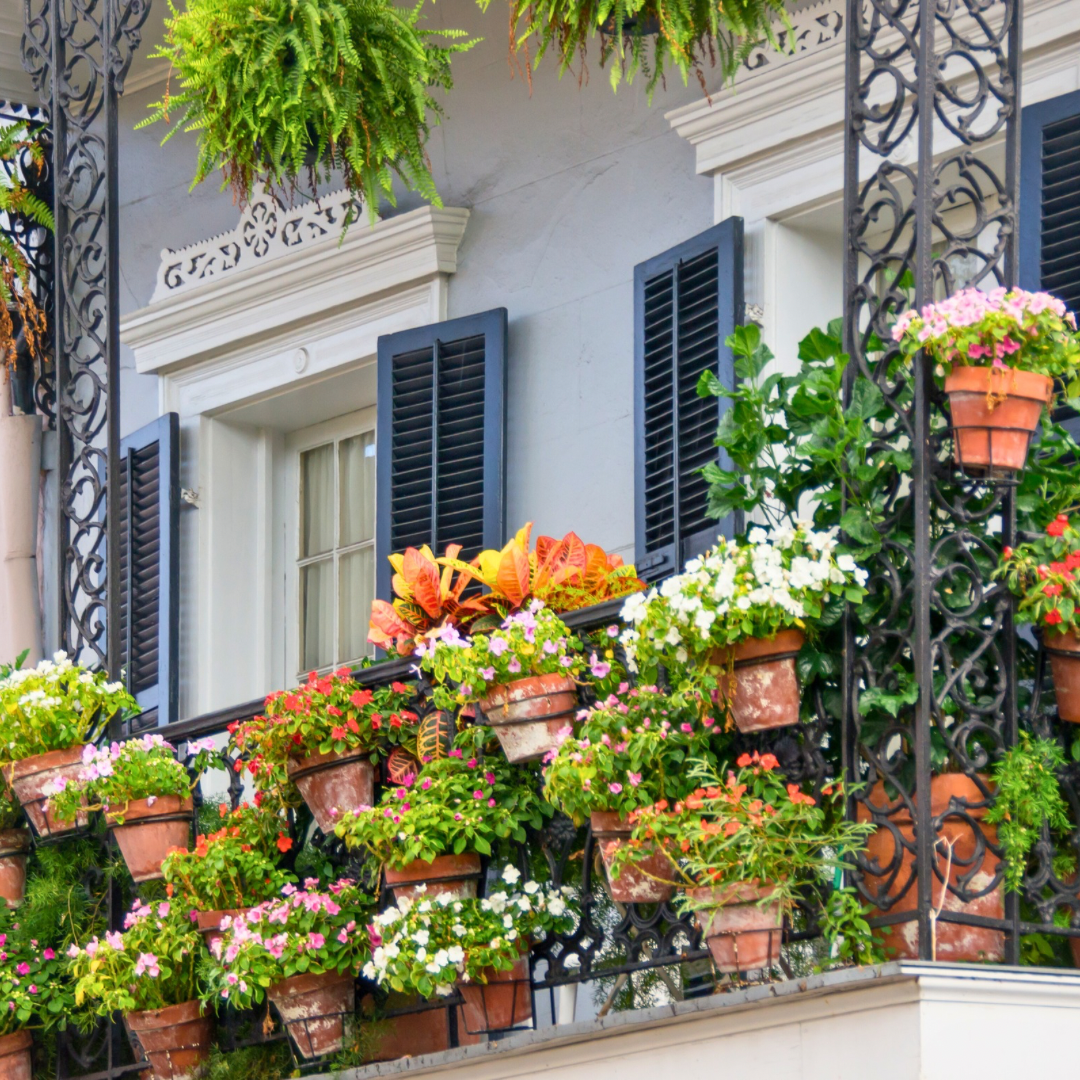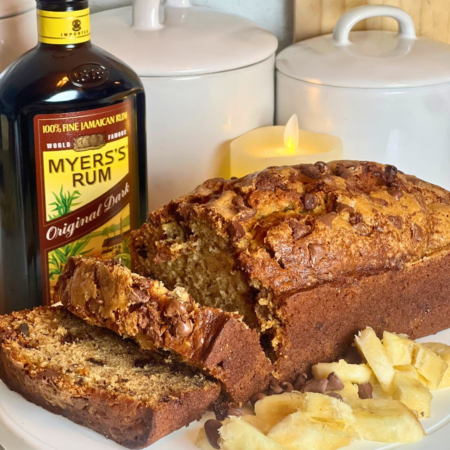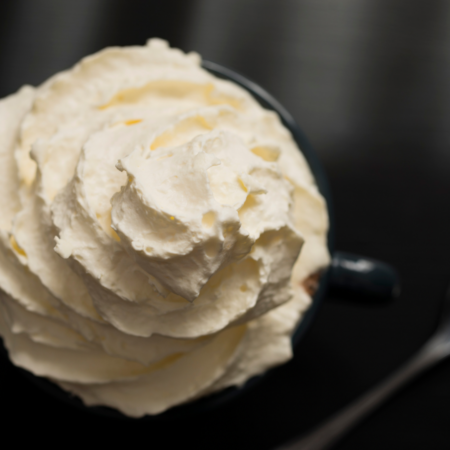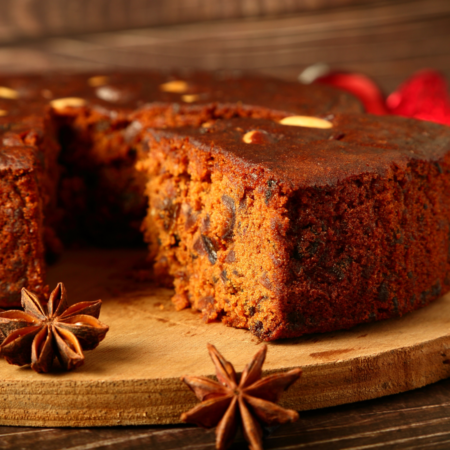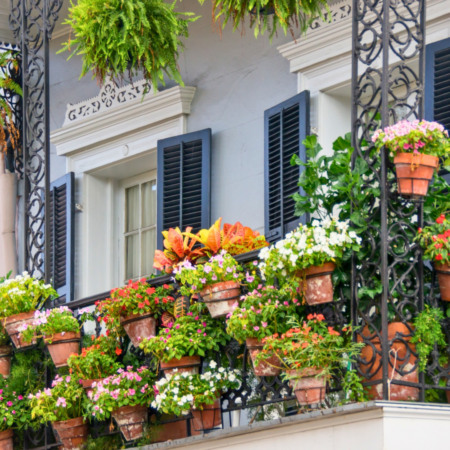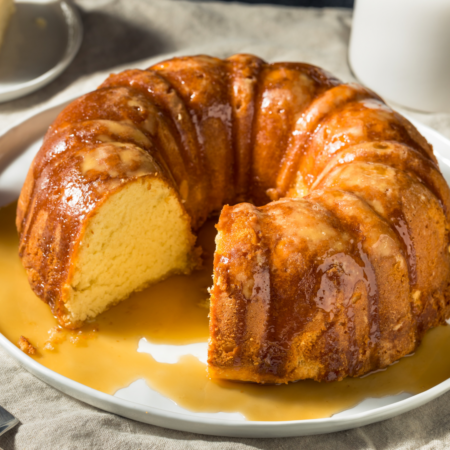This post may contain affiliate links. Please read our Disclosure Policy
Unlock the secrets of small space gardening: Grow abundant, organic produce in minutes using our innovative soil pod technique. Learn what urban gardeners do with limited space.
Think your thumb isn’t green enough or you just don’t have the space to start? Think again! You don’t need to be an expert nor have acres of land to start this amazing journey. Just like cooking your first meal, the best way to learn gardening is to jump right in, get your hands dirty, and be creative with whatever space you have!
Why Should you start your own Small Space home garden?
- Garden-to-table benefits– Saves money! It’s Convenient, Tastes amazing, and is the healthiest option.
- Your growing more than just plants– Gardening connects us with nature, creates peaceful moments, and is so much fun! Imagine arranging your own bouquet of flowers freshly cut from your own garden, balcony, or window sill.
- Confidence Booster– With each successful sprout you will become more knowledgeable and more confident in your skills.
- Find your Tribe– Find community by sharing your gardening experiences with others. You will begin to meet fellow garden enthusiast which can be a valuable resource of information.
Get the Basic Garden Supplies
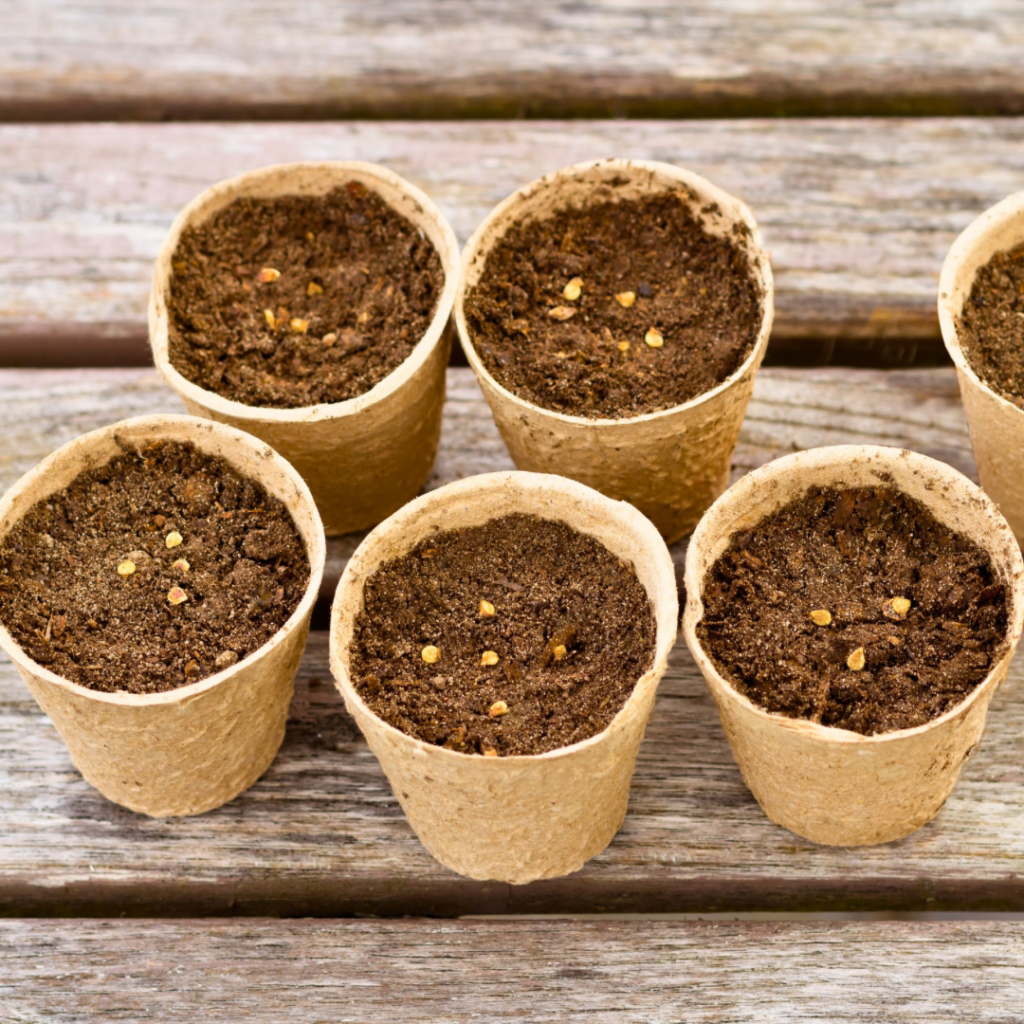
Here’s the thing about starting a garden – you really only need three things: seeds, soil, and something to put them in. That’s it! After years of gardening I’ve seen successful gardens started in everything from proper terra cotta pots to recycled milk jugs. The plants honestly don’t care if their home cost $2 or $200. Next, you’ll need to find to know what your gardening zone is to determine which plants are more likely to thrive in your local climate. This is especially important when you’re deciding what seeds you want to sow.
So here’s a breakdown of the essentials:
- Seeds– You’ll want to aim for non-GMO or genetically modified. Seeds from a trusted seed bank are a safe way to start. If you’re feeling experimental you can use seeds from organic produce recently bought at the grocery store. Farm stands and local suppliers are a great resource just be sure to ask whether the seeds have been genetically modified and if the fruits/vegetables have seeds.
- Soil-just grab a bag of all-purpose potting mix from your local garden center or hardware store. You don’t need the premium stuff when you’re starting out. I learned this the hard way after spending way too much on specialized soil blends my first year. The basic potting mix will work just fine for most plants, especially beginners like cherry tomatoes, lettuce, or marigolds.There is a lot more about soil that you will learn along the way but the goal here is to get started and keep things simple (for now).
- Containers– Seed starting soil pods, Grow bags, pots, egg cartons, or bottles to name a few!
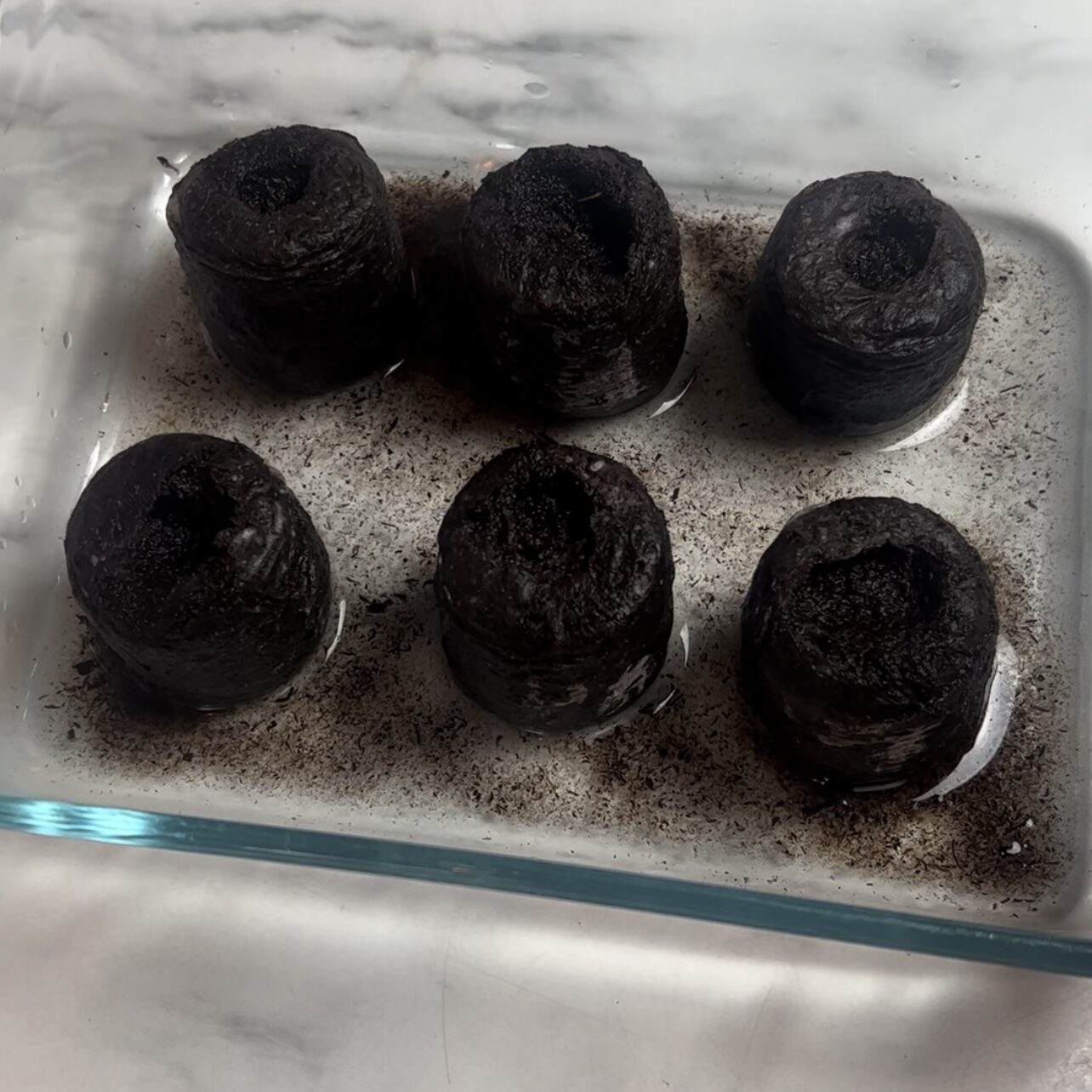
Here’s my super simple shopping list to get started:
| Items | Estimated Cost |
| 1 bag of basic potting soil or seed starting pods | $5-8 |
| 2-3 packets of seeds | $2-3 each |
| Container | Price varies* |
| Spray bottle (optional) | $1-2 |
That’s less than $15 total!
Take-home: Plants have been growing themselves for millions of years without any fancy equipment. They’re not waiting for you to buy the perfect pot or most expensive soil – they just want a chance to grow. So grab whatever container you’ve got, poke some drainage holes in the bottom, fill it with basic potting soil, and plant those seeds. Nature will take care of the rest, and you’ll get to watch the magic happen!
How to Plant Your First Seeds (It’s Easier Than You Think!)
Here’s an example using seed starting soil pods
Step 1: Gather soil pods, warm water, and container
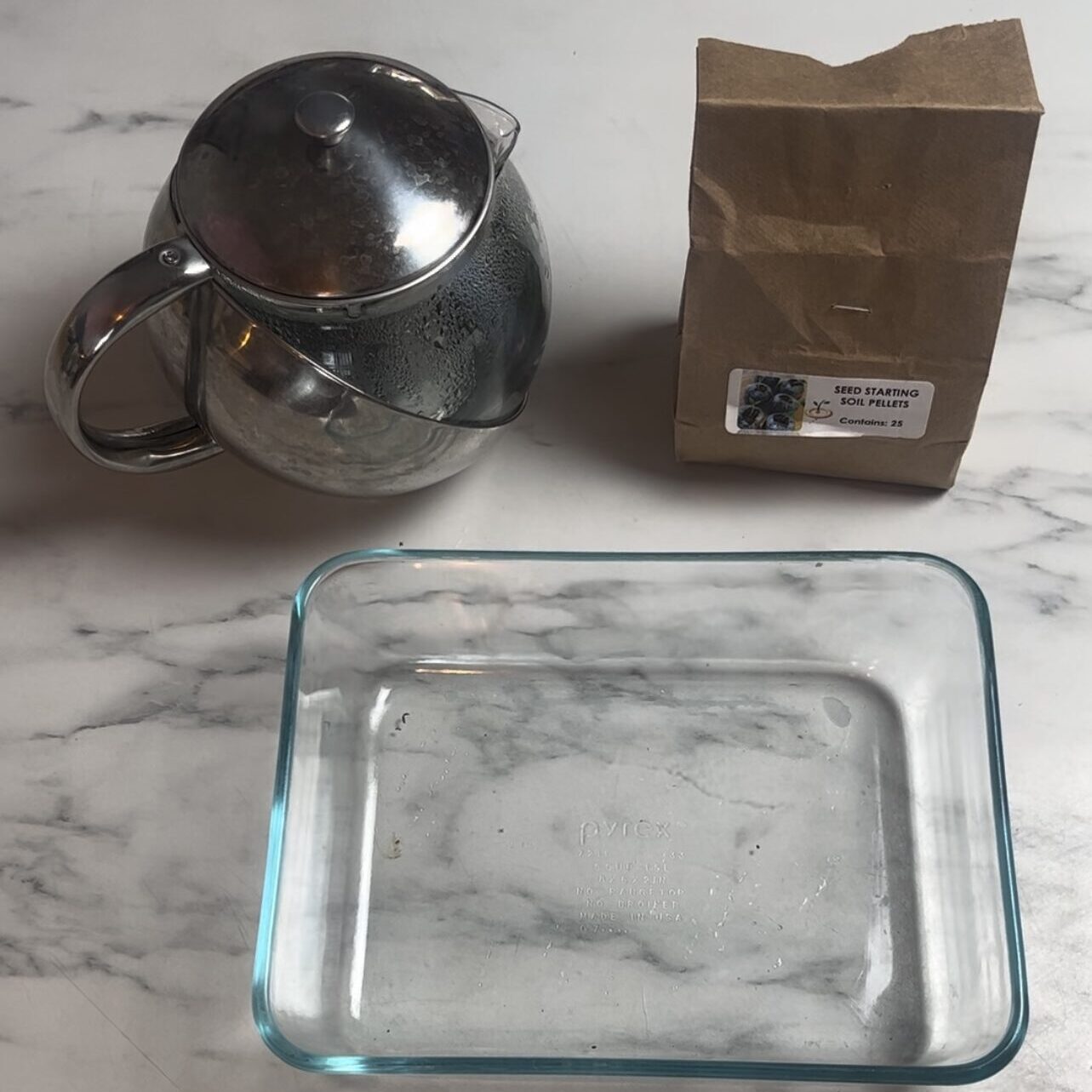
Step 2: Place seed starting soil pods in container and pour warm water on top of each seed starting pod.
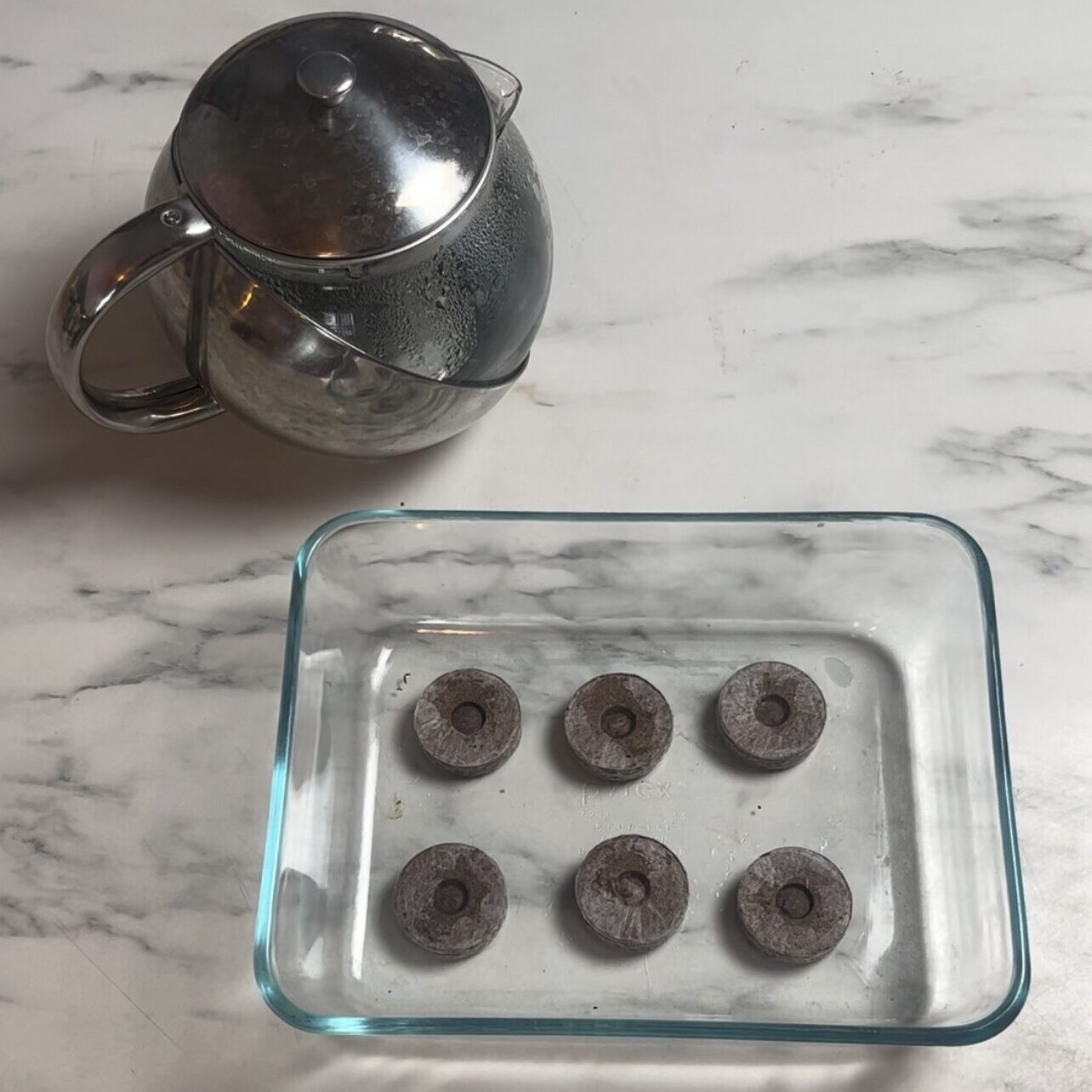
Step 3: Pour warm water on pods. You will see that they will begin to rise
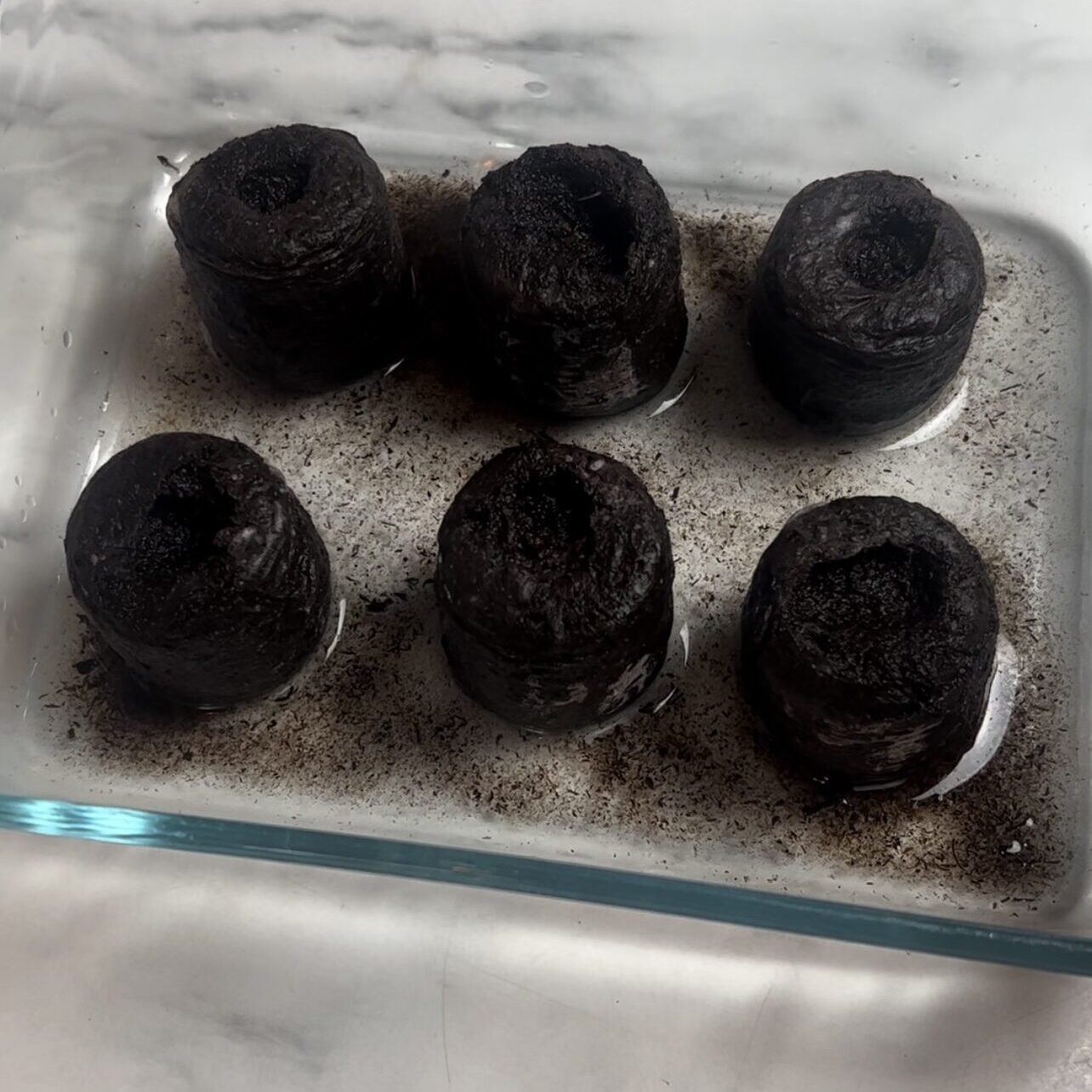
Step 4: Place seed into each pod.
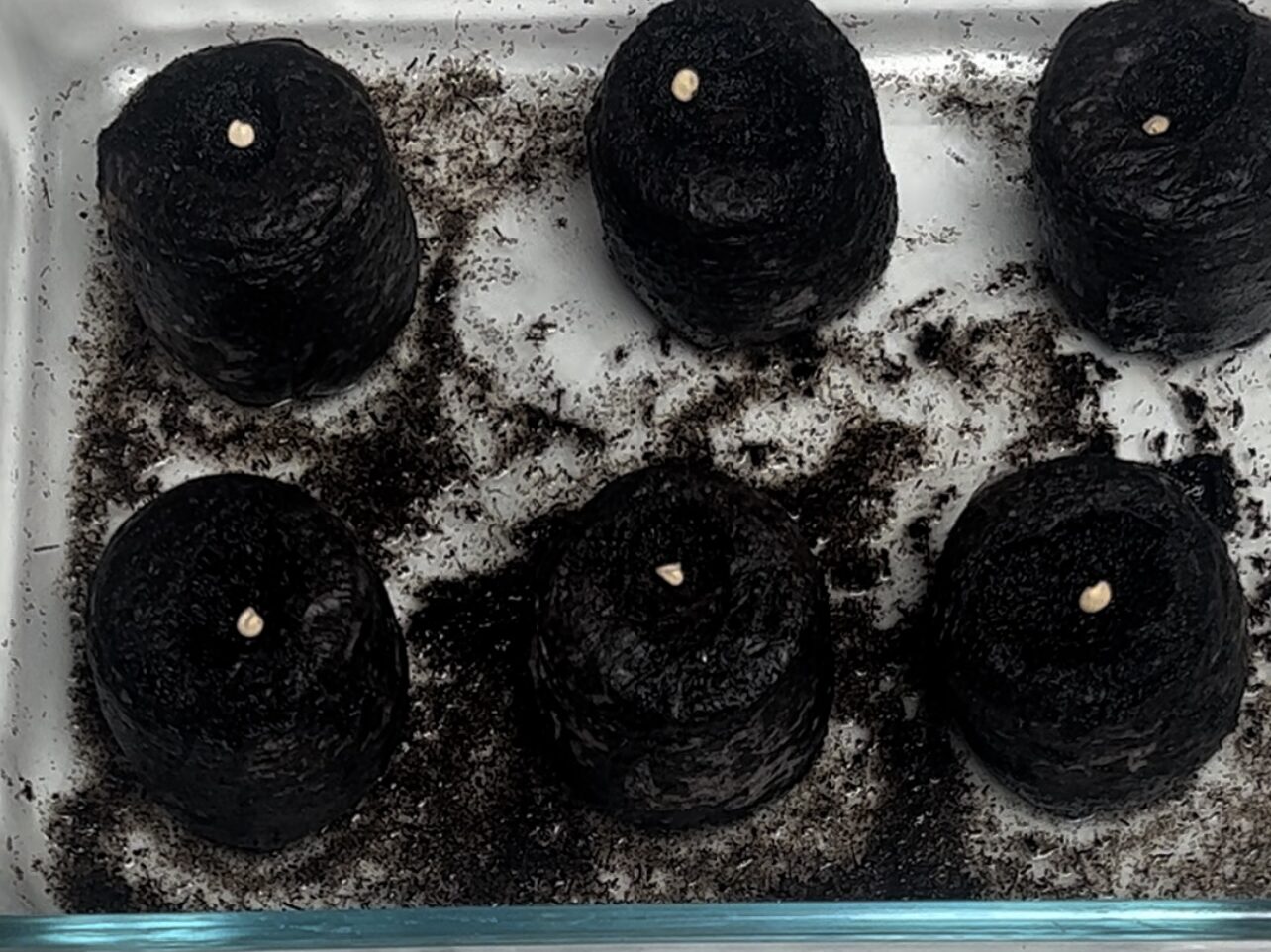
Step 5: Place seeds about 1/4″ into soil making sure seeds are also covered and don’t forget to label each pod. Place in sunny area making sure pods are kept moist daily.
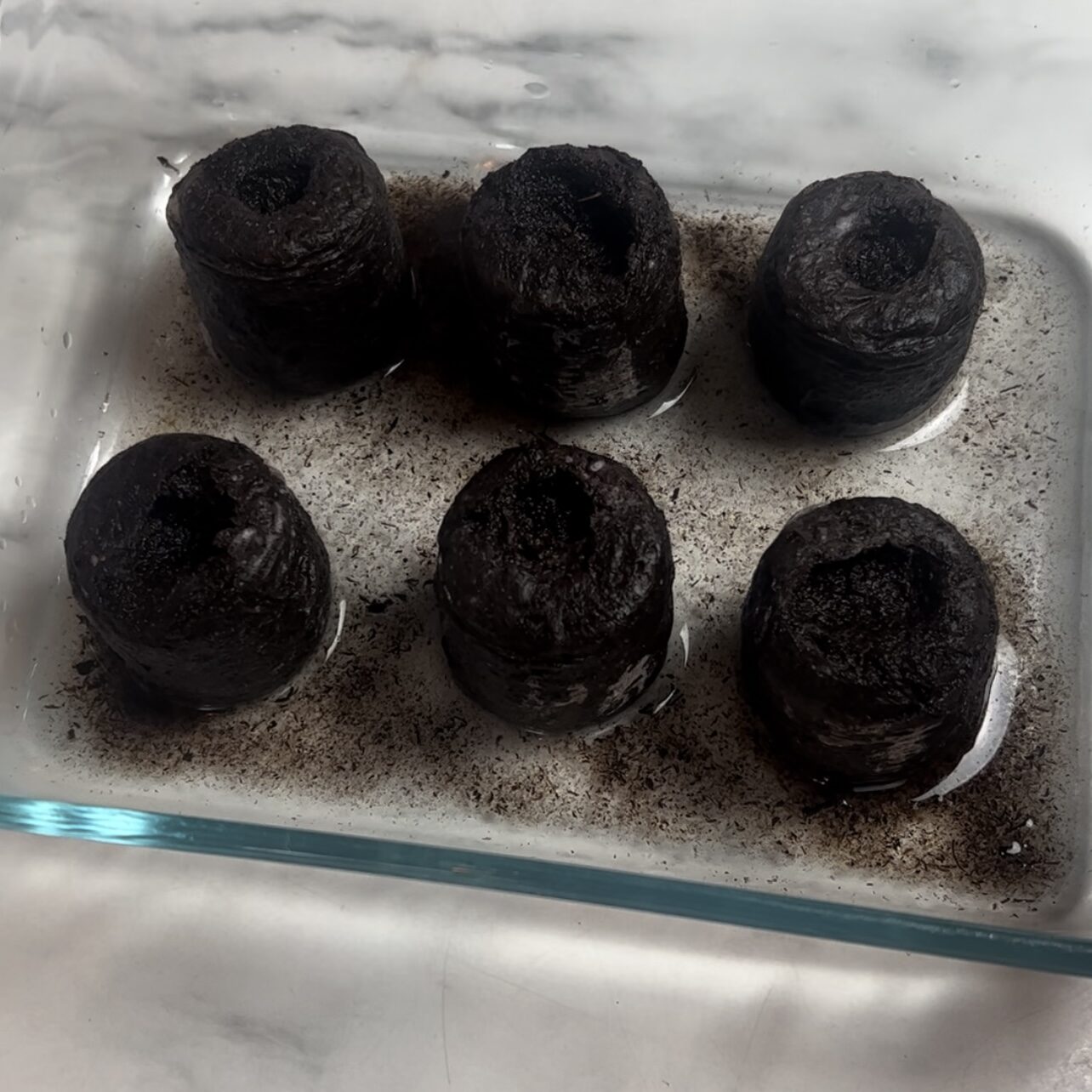
With soil pods, anyone can become a gardening pro in minutes. No massive backyard, no problem. No in-depth understanding of soil types, no problem. These compact growing soil pods are made with organic milled Canadian peat and lime added for pH adjustment needed for your seeds to sprout. Soil pods also provides shock-free transplantation into your garden, container, or pot.
Whether you’re a busy professional, apartment dweller, or complete gardening newbie, your green thumb is just waiting to sprout. Trust me – the moment you see your first seedling emerge from your soil pods, you’ll be hooked!
Tips on starting your small space home garden
Start with beginner-friendly plants that grow well in your zone:
- Sunflowers are absolute champions – they grow so fast that you’ll see progress almost daily. My students’ faces light up every time they check their sunflower seedlings.
- Mint is another foolproof choice, though plant it in a container unless you want it taking over your whole yard (ask me how I know…). And don’t get me started on
- Cherry tomatoes – these little guys are like the overachievers of the garden world.
Simple daily routine that anyone can follow:
- Morning check (this becomes addictive, I promise!)
- Gentle spray with water if the soil feels dry
- Rotate the container if plants start leaning toward the light
- Talk to your plants (optional, but I swear it helps!)
Still Unsure of which seeds you’d like to plant? Consider joining a seed monthly subscription based on your gardening zone!
Gardening Hacks for tiny spaces in 2025
Garden Tower
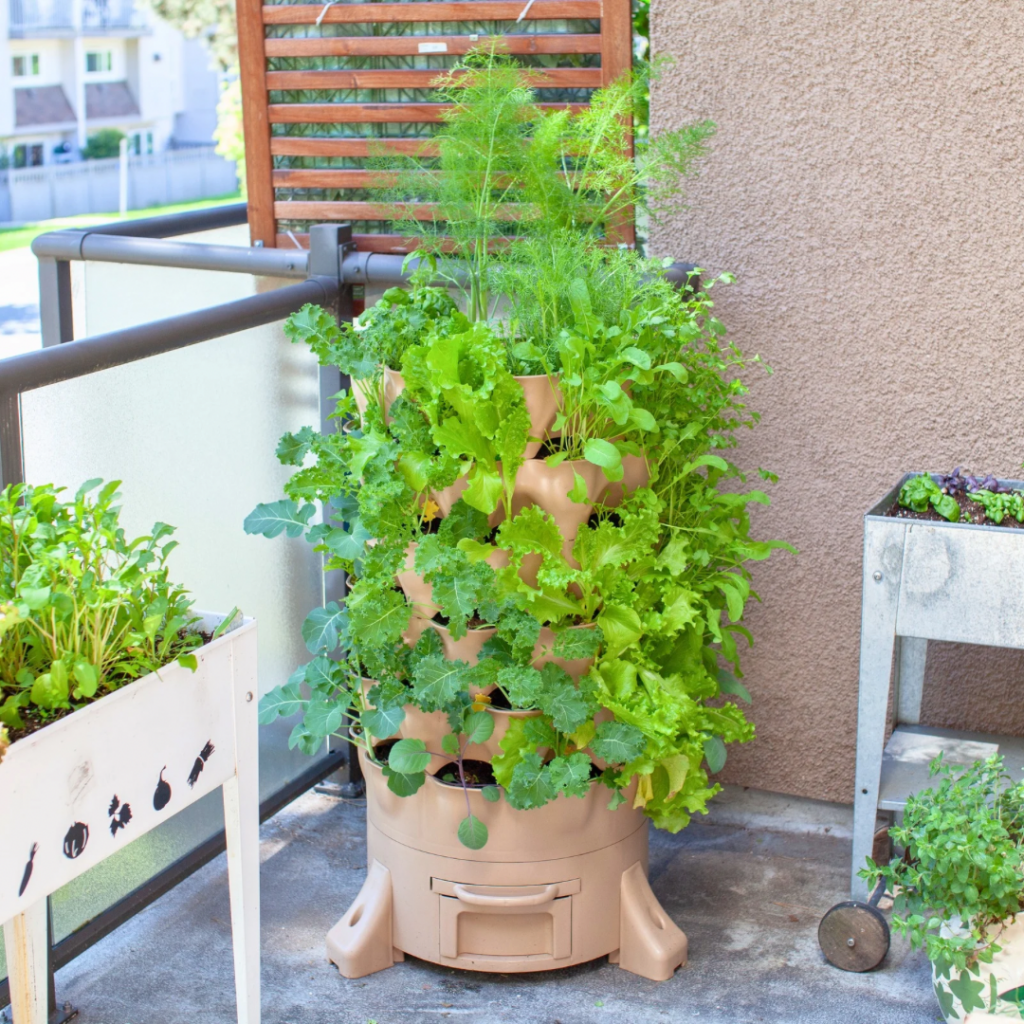
The Garden Tower is a smart way to grow food when you don’t have much space. Think of it as a tall, round planter with 50 pockets where you can grow different plants – from lettuce and tomatoes to herbs and flowers. What makes it really special is that it only needs 4 square feet of space, about the size of a small coffee table, but can grow as many plants as a big garden bed. The tower has a cool feature in the middle: a tube where you can put food scraps and special worms that turn waste into natural plant food. You can spin the whole tower around, so all your plants get enough sunlight, and it’s easy to reach every plant when you need to water or harvest. Made from strong, safe materials that won’t break down in the sun, this tower is perfect for anyone with a small backyard, patio, or balcony who wants to grow their own fresh food. Whether you live in an apartment or just want to make the most of a small space, the Garden Tower helps you grow more food with less work.

Grow Bags

Growing your own food has never been simpler thanks to grow bags, the budget-friendly gardening solution that’s taking root in homes everywhere. The best part is: You can easily move them around! These durable fabric containers offer the perfect mix of convenience and plant health, using smart fabric that lets roots breathe and prevents water from pooling – a common problem with regular pots. The bags’ special material naturally “air prunes” roots, helping plants grow stronger and healthier instead of getting tangled and rootbound. Available in various sizes, from small 3-gallon bags perfect for herbs to large 30-gallon ones that can handle full-sized tomato plants, grow bags are easy to move around your space as needed. When the growing season ends, simply fold them up for storage – a huge plus for gardeners short on space. Their affordable price tag makes it easy to start small and expand your garden gradually, while the tough fabric stands up to weather and repeated use. For both beginners and experienced gardeners looking to maximize their growing space in 2025, grow bags offer a practical, low-maintenance way to grow everything from potatoes and peppers to flowers and small fruit trees with amazing placement flexibility.
Utilize a window sill
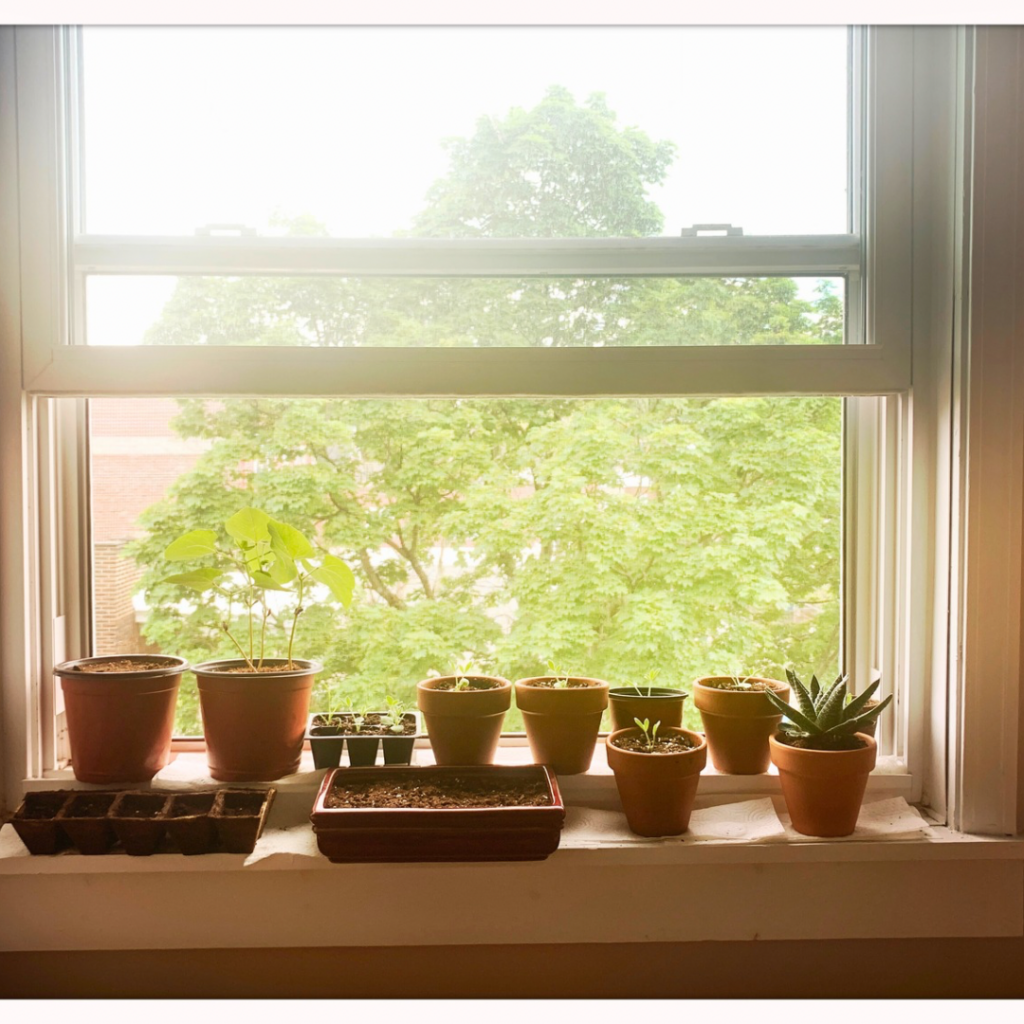
Window sills offer an ingenious, space-saving solution for seed starting, transforming these often-overlooked spaces into miniature greenhouse environments. With optimal sunlight exposure and consistent temperatures, these compact areas provide an ideal microclimate for germinating seeds of herbs, vegetables, and flowering plants. Gardeners can maximize vertical space by using lightweight, biodegradable seed starting trays or plant tray that fit neatly on windowsills, allowing multiple varieties to grow simultaneously without consuming valuable floor or counter space.
Strategic placement near south-facing windows ensures seedlings receive adequate light, while adjustable grow lights can supplement natural illumination, enabling urban gardeners and hobbyists to kickstart their growing season efficiently, even in the most compact living environments.
Front steps/Back steps
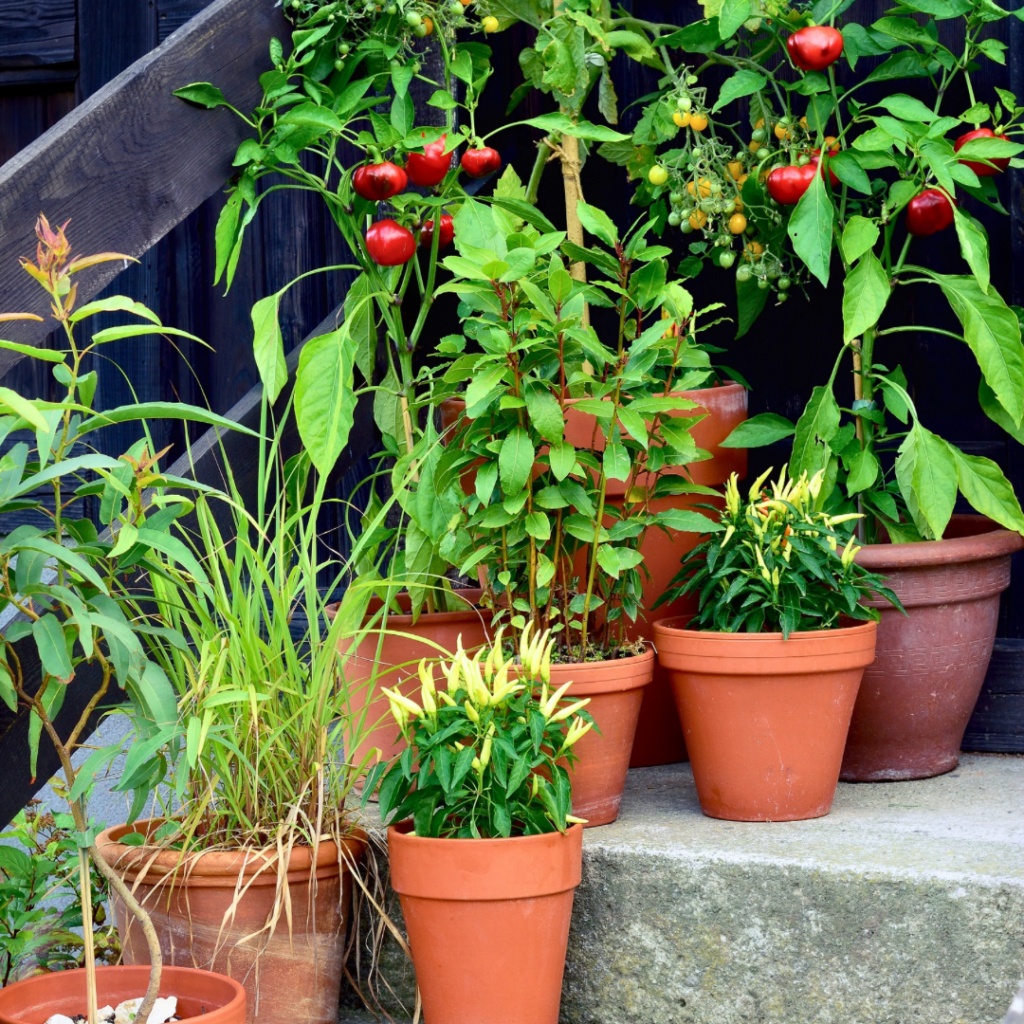
Urban gardeners can transform front or back door steps into productive green spaces with strategic planning and smart plant selection.
Consider the following factors when designing your space:
- Sunlight exposure
- Weight restrictions
- Step dimensions
Choose weather-resistant containers that complement your home’s exterior and withstand seasonal changes. For example, Terracotta pots have a natural porosity helps regulate soil moisture and temperature, making them an excellent choice for growing compact herbs, vibrant flowers, and small vegetable varieties. Whether lining your entryway with culinary herbs or creating a colorful welcome with flowering plants, these affordable and charming pots turn narrow door steps into productive, beautiful green spaces that maximize every square inch of urban gardening potential.
Here’s another important tip: You must prioritize plants that thrive in your specific microclimate, such as shade-loving herbs for north-facing steps or sun-tolerant vegetables for south-facing entrances. With careful design, even the narrowest steps can become a vibrant, edible landscape that enhances your home’s curb appeal and provides fresh, homegrown produce just steps from your door.
Utilize walls or Fences
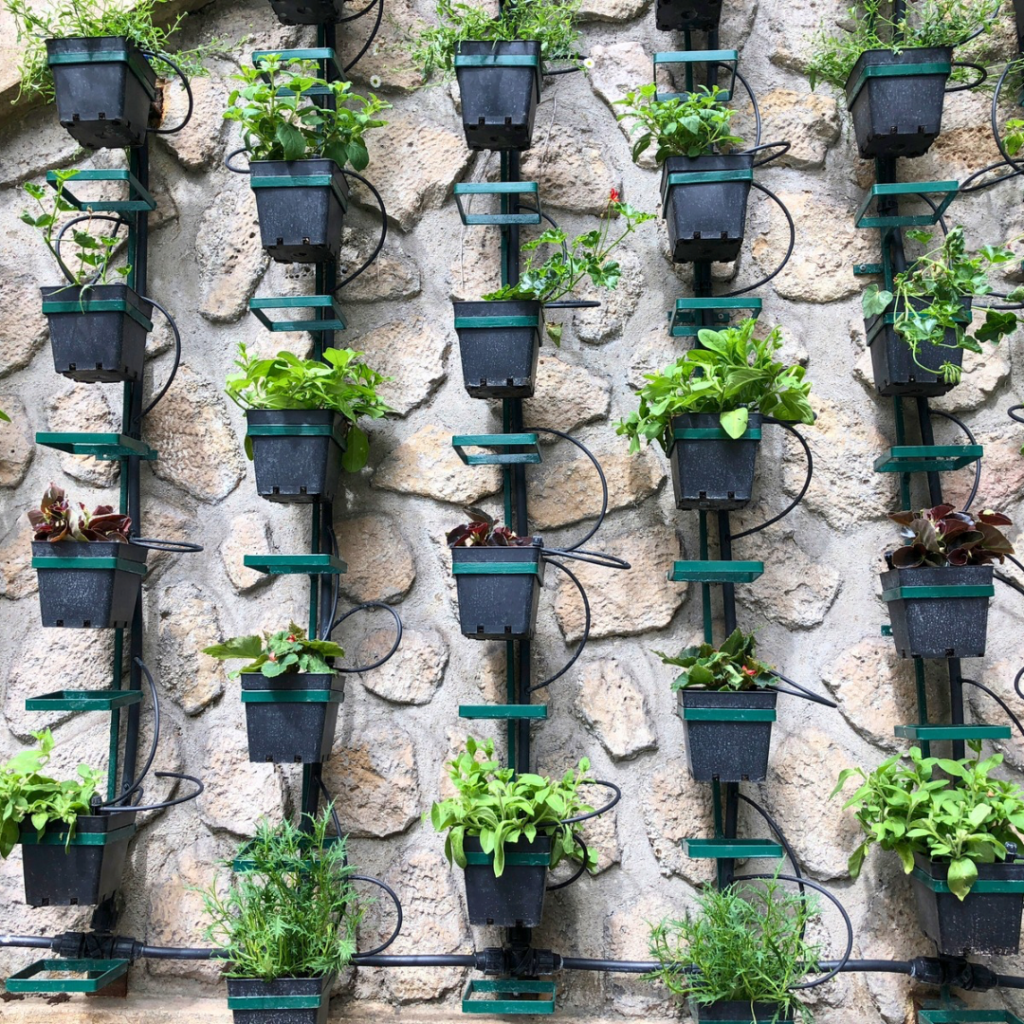
In 2025, space-constrained plant enthusiasts are using vertical wall planters—a game-changing solution that transforms blank walls/fences into lush, productive gardens. Vertical wall planters offer an efficient approach to gardening that proves you don’t need acres of land to cultivate a thriving, green sanctuary.
Vertical planters can be used for growing herbs, vegetables, succulents, and decorative plants in areas as small as a blank wall, fence or balcony corner. One of the major things to consider with this option is irrigation. You will either have to water frequently manually or set up an irrigation system such as a solar irrigation system.
Your Small Space Home Gardening Journey Starts Now!
Your perfect moment to start gardening is right now! Don’t let overthinking stop, excuses, or a small spaces stop you from experiencing the pure joy of growing something with your own hands. Grab some seeds, find some soil or soil pods, and plant a little miracle today. There are many things about gardening that you will learn along the way such as soil types, different growing methods, etc. but the goal right now is to GET STARTED.
Imagine harvesting fresh herbs, crisp microgreens, or colorful vegetables – all from a few simple pods and your home window. This isn’t just gardening; it’s a sustainable lifestyle revolution that connects you directly to your food source. Every seed planted is a step towards fresher, healthier living.
Home gardening in 2025 isn’t just a trend; it’s a transformative experience that turns small spaces into endless possibilities.
Your first harvest is just a windowsill away. Are you ready to grow?
Excited to share your garden? Share your experience in the comments below and tag us on instagram @somethingsbetterhandmade!



